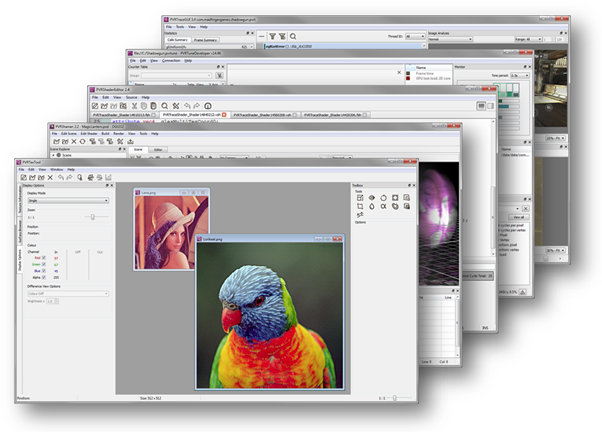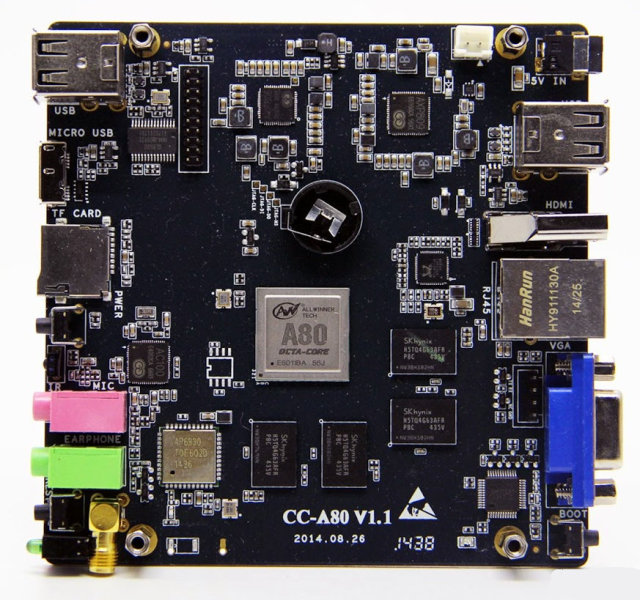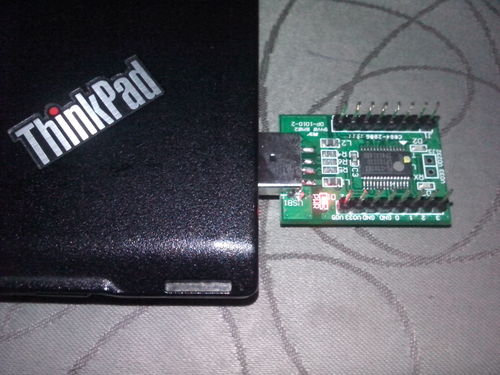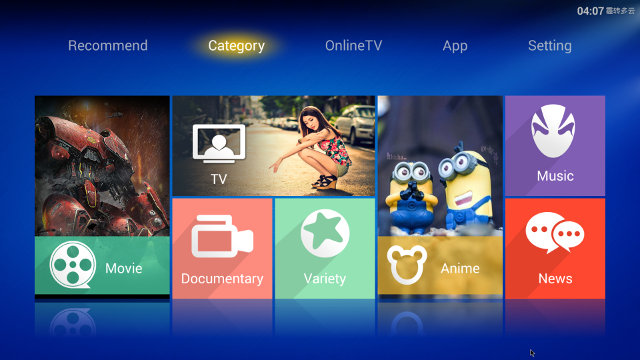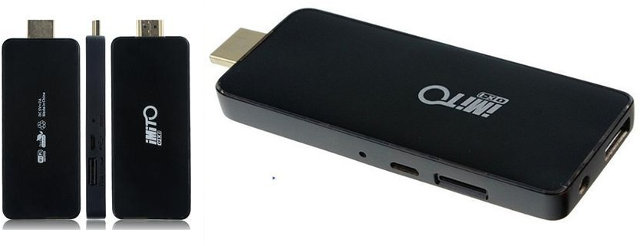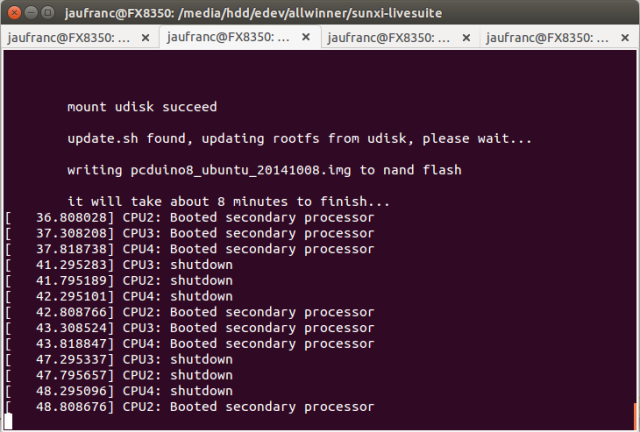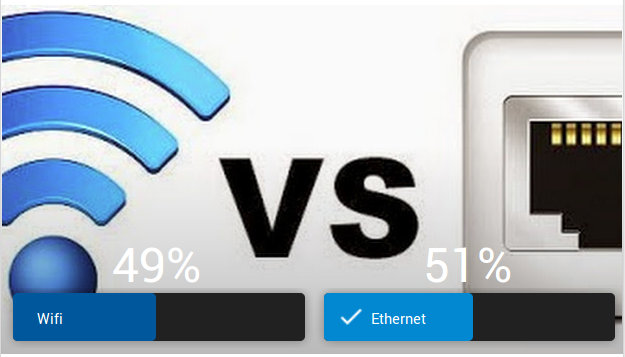Imagination Technolgies has just released PowerVR SDK v3.4 including the latest compilers for PowerVR Series6 and Series6XT GPUs to PVRShaderEditor, several performance optimization, a new WebGL SDK, 64-bit support for Android 5.0 Lollipop, and Linux support for MIPS based processors. The company has revamped the user interfaces of their tools, and made the following key changes: PVRTrace, a tool to capture and analyze OpenGL ES and EGL API calls, now supports OpenGL ES 3.1, compressed trace files, and they’ve reduce the software memory usage PVRTune, a performance analysis tool, now features new counters, and “significant” performance optimizations. PVRShaderEditor, a light-weight shader editing too, adds the latest compilers for PowerVR Series6 (FP32 and FP16) and Series6XT GPUs, as well as GLSL disassembler output. PVRTexTool, a utility for compressing textures, adds plugin support for Autodesk 3DSMax and Maya (2015 versions), and improves ETC decompression by up to 20% faster per surface. Imagination also […]
AllWinner A80 based Cubieboard4 Development Board is Now Available for $100 (in China)
Allwinner and Cubietech announced they were working on Cubieboard8 in May, before we got to see some pictures of the first engineering samples. Cubieboard8 has now been renamed to Cubieboard4, also known as CC-A80 (CubieTech single board Computer A80), and the company has listed the board on Taobao for 620 RMB (~$102), with shipping scheduled for October 30. Cubietech CC-A80 board specifications, which have changed since the first pictures were released in July: SoC – AllWinner A80 octa core 4x Cortex A15 @ 2.0GHz, 4x Cortex A7 @ 1.3GHz, and Imagination PowerVR G6200 GPU System Memory – 2GB DDR3 Storage – 8GB eMMC (25MB/s read and write speed), micro SD Card slot Video Output – HDMI 1.4, and VGA Audio I/O – HDMI, 2x 3.5mm audio jacks for audio output and microphone Connectivity – Gigabit Ethernet, dual band Wi-Fi 802.11 b/g/n up to 300 Mbps + Bluetooth 4.0 (AP6330 module) […]
Add GPIOs to Windows, Linux, Android Computers and Devices with FTDI USB Adapters / Breakout Boards
It’s possible to to add GPIOs to your computer, (openWRT) router, or Android tablet using some FTDI USB dongles that expose I/Os. On operating systems based on Linux, including Android, you can use the GPIO sysfs interface (/sys/class/gpio) to easily control GPIOs from the command line, and in some cases Rx, Tx, CTS, .. pins can also be used as GPIOs. Zoobab has tried it with various FTDI USB adapters, and Oneping OP-1010 breakout board based on PL2303 HDX chip, and the results are mixed, but it could worth a try. There are currently patchsets ([1] and [2]) awaiting acceptance to mainline kernel that will enable GPIO support for these USB devices, but in the meantime you need to patch the kernel yourself, and then enable the relevant options in the kernel config for example “USB_SERIAL_PL2303_GPIO” or “USB_SERIAL_FTDI_SIO_GPIO”. The first patch is for PL2303 chips, and the second for FT2xxx/FT4xxx […]
Patched Android 4.4 SDK Supports Beelink R89 & Hotack T031 Boards
The first batch Tronsmart Orion R28 Pro/Meta Android TV boxes where ships with a micro SD card loaded with Android 4.4 SDK, so I tried it myself, and posted instructions to build an RK3288 Android image, but when I flashed the image to my device, I quickly realized it was an older firmware (106k4), so the SDK would not be so useful, since all the recent bug fixes were not included. Luckily, more recent Android 4.4 SDK were released or leaked, and naobsd decided to port it to Hotack T031 and Beelink/Netxeon R89 boards that are found in many RK3288 Android TV boxes. Since he does not own any devices based on Netxeon R89, he asked me to try, and I did so on Tronsmart Orion R28 Meta. Bear in mind these are images built from a patched SDK, so not everything may work, there’s no Google Play Store, and […]
iMito QX1 Quad Core Android HDMI TV Stick Sells for $30
As new platforms are being introduced to market, companies have to clear their stock of older devices, and iMito QX1 HDMI TV dongle based on Rockchip RK3188 quad core processor is now going for $30 on Aliexpress, including shipping. iMito QX1 specifications as a reminder: SoC – Rockchip RK3188 Quad core Cortex A9 @ 1.6Ghz with Mali-400 MP4 GPU. (or maybe RK3188T @ 1.4 GHz now) System Memory – 2GB DDR3 Storage – 8GB NAND Flash + microSD card Connectivity – 802.11 b/g/n Wi-Fi, Bluetooth 2.1 + EDR Video Output – HDMI USB – 1x USB 2.0 host + 1x mini USB port for power Misc – Reset/recovery button, external antenna connector. Power – 5V/2A via mini USB port Dimensions – 99 x 40 x 10.8mm Weight – 42 grams The latest firmware is based on Android 4.2.2, and there are also some custom ROMS (Finless, Nitro Team, etc..) for […]
Updated Android 4.4 Beta and Ubuntu Images for pcDuino8 / A80 OptimusBoard Boards Released
pcDuino8 and A80 OptimusBoard are the only two Allwinner A80 development boards currently “somewhat” available, and albeit the PCB color is different, every else is basically identical, and pcDuino8 firmware should probably run on A80 OptimusBoard and vice versa. If you own any of these boards, you may interested in two images, one with Android 4.4 (beta), and one with Lubuntu, recently released by pcDuino / Linksprite. Android 4.4 (beta) 2014-10-08 – sun9iw1p1_android_optimus.img to be flashed with PhoenixCard (Windows) or Livesuit (Linux) Lubuntu 14.04? 2014-10-08 is comprised of two files: Kernel – pcduino8_kernel_livesuit_20141008.img to be flashed with PhoenixCard or Livesuit first. See instructions to use Livesuit with A80 OptimusBoard. Rootfs – pcduino8_ubuntu_20141008.rar. First extract the rar files to the root of an SD card or USB flash drive. There should be two files: pcduino8_ubuntu_20141008.img and update.sh. Now connect the mass storage device to pcDuino3 / A80 Optimusboard, and reboot the […]
Mini PC Polls: Networking Connectivity, Video and Audio Outputs
It’s always interesting to find out how people use their devices, and I recently discovered Google+ support Polls as Droidmote posted a poll to find out whether people used Wi-Fi or Ethernet with their mini PCs, and I followed up with polls about video and audio outputs. Around 50 people have answered to each poll up to now, so even if it may not representative, let’s have a look at the results so far. About half of the people are connected via Ethernet, and the other half are using Wi-Fi after 43 votes. Wi-Fi is normally more convenient, but may not be as reliable, and for users playing high bitrate videos Ethernet is a must, unless you find buffering enjoyable…. After 58 votes, most people still connect their mini PC to a Full HD television via HDMI, with a few connecting it to a 4K UHD TV, and nobody using […]
Google Unveils Android 5.0 Lollipop, Nexus 6 Smartphone, Nexus 9 Tablet, and Nexus Player
Android L is now formally known as Android Lollipop. Since Google already released Android L preview a few month ago, we already know what’s new in Android 5.0 Lollipop with key changes including material design user interface, ART replacing Dalvik, better battery management, 64-bit support, etc… Google also announced three hardware platforms running Android 5.0: Nexus 6 Smartphone, Nexus 9 Tablet, and Nexus Player (Android TV) Motorola Nexus 6 Smartphone Hardware specifications: SoC – Qualcomm Snapdragon 805 quad core Krait 450 processor @ 2.7 GHz with Adreno 420 GPU System Memory – 3GB RAM Storage – 32 or 64 GB eMMC – No micro SD slot Display – 5.96” 1440×2560 AMOLED display (493 ppi). 16:9 Aspect ratio. Connectivity – 802.11 ac 2×2 (MIMO), Bluetooth 4.1, NFC Cellular Network (nano SIM): North America: GSM – 850/900/1800/1900MHz CDMA Band Class – 0/1/10 WCDMA Bands – 1/2/4/5/8 LTE Bands – 2/3/4/5/7/12/13/17/25/26/29/41 CA DL Bands […]


